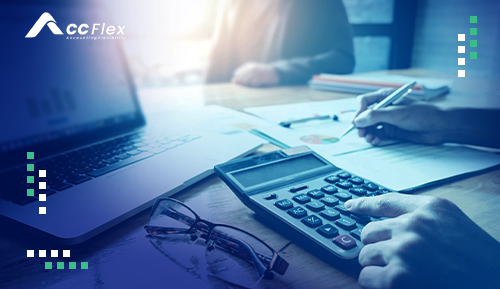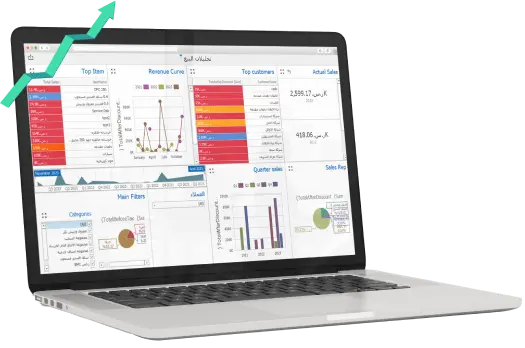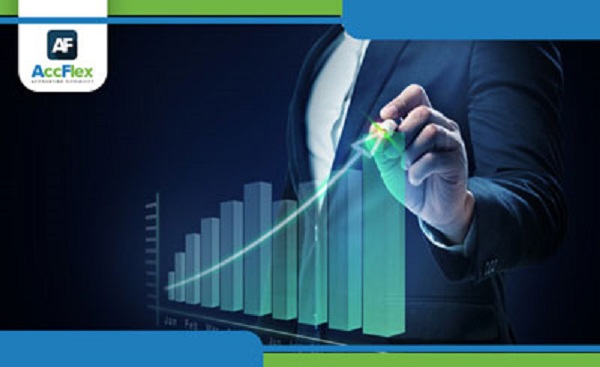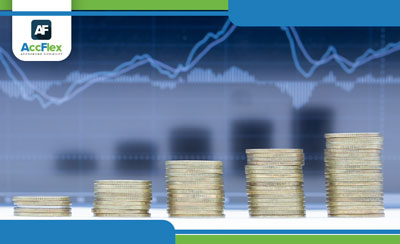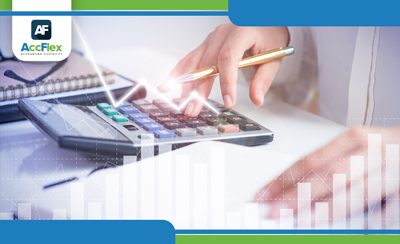Depreciation and amortization are accounting concepts that deal with the allocation of the cost of an asset over its useful life.
Depreciation is applied to tangible assets, such as equipment and machinery, while amortization is applied to intangible assets, such as patents and trademarks.
The purpose of depreciation and amortization is to match the cost of the asset with the revenue it generates over its useful life. This is done by allocating a portion of the asset's cost to each accounting period in which the asset is used.
There are several methods for calculating depreciation and amortization, each with its own advantages and disadvantages. The most common methods include:
Straight-line method: This method allocates the cost of the asset evenly over its useful life.
Declining-balance method: This method allocates a greater portion of the asset's cost to the earlier years of its useful life.
Units-of-production method: This method allocates the cost of the asset based on the number of units it produces over its useful life.
The choice of depreciation or amortization method depends on a number of factors, including the nature of the asset, the expected pattern of its use, and the company's accounting policies.
Depreciation
Depreciation is the process of allocating the cost of a tangible asset over its useful life. The cost of the asset is recorded as an asset on the balance sheet, and the depreciation expense is recorded as an expense on the income statement.
The amount of depreciation expense is calculated using a depreciation method. The most common depreciation methods are:
Straight-line method: This method allocates the cost of the asset evenly over its useful life. The depreciation expense is calculated by dividing the cost of the asset by its useful life.
Declining-balance method: This method allocates a greater portion of the asset's cost to the earlier years of its useful life. The depreciation expense is calculated by multiplying the book value of the asset by a depreciation rate.
Units-of-production method: This method allocates the cost of the asset based on the number of units it produces over its useful life. The depreciation expense is calculated by multiplying the number of units produced by the depreciation rate per unit.
Amortization
Amortization is the process of allocating the cost of an intangible asset over its useful life. The cost of the asset is recorded as an asset on the balance sheet, and the amortization expense is recorded as an expense on the income statement.
The amount of amortization expense is calculated using an amortization method. The most common amortization methods are:
Straight-line method: This method allocates the cost of the asset evenly over its useful life. The amortization expense is calculated by dividing the cost of the asset by its useful life.
Units-of-production method: This method allocates the cost of the asset based on the number of units it produces over its useful life. The amortization expense is calculated by multiplying the number of units produced by the amortization rate per unit.
Units-of-production method: This method allocates the cost of the asset based on the number of units it produces over its useful life.
Amortization
Amortization is the process of allocating the cost of an intangible asset over its useful life. The cost of the asset is recorded as an intangible asset on the balance sheet, and the amortization expense is recorded as an expense on the income statement.
The amount of amortization expense is calculated using an amortization method. The most common amortization methods are:
Straight-line method: This method allocates the cost of the asset evenly over its useful life. The amortization expense is calculated by dividing the cost of the asset by its useful life. There is no accumulated amortization under this method.
Intangible assets with indefinite useful life: No amortization is calculated for these assets.
Amortization Journal Entry:
Debit: Amortization Expense (Income Statement)
Credit: Intangible Asset (Balance Sheet)
Note:
The depreciation/amortization pattern (useful life, salvage value) should be reviewed at the end of each financial year to determine if adjustments to the life or salvage value are necessary.
Therefore, it is uncommon to find a fully depreciated asset (according to accounting records) that is still in use.
Advantages of Revaluation:
Considered a simple and easy-to-apply method.
Suitable for assets with relatively low significance.
Disadvantages of Revaluation:
Relies on subjective judgment, which can lead to inaccuracies.
Non-current assets are divided into two categories:
- Tangible fixed assets: (Land - Buildings and constructions - Cars - Machinery and equipment - Furniture - etc.)
- Intangible assets: (Brand name - Patent - Trademark - Copyrights - etc.)
The difference between depreciation and amortization:
- Depreciation: For tangible fixed assets.
- Amortization (or extinguishment): For intangible assets.
First: Depreciation
Why is depreciation calculated for tangible fixed assets?
Depreciation is calculated because of:
- Use: Because it leads to the depletion of the asset.
- Obsolescence: The emergence of new technologies that reduce the economic benefit of the asset.
- Accrual principle: Charging each financial period with its expenses.
- Matching principle: Matching the period's revenues with its expenses.
- Preventing the inflation of profits and the erosion of capital.
When is depreciation calculated?
- When the asset is ready for use. Even if it is not used, it becomes obsolete.
How is depreciation calculated?
There are various methods for calculating depreciation, but before discussing these methods, there are some terms you need to be familiar with:
- Cost of the fixed asset: This includes all the expenses incurred on the asset until it is ready for use.
- Salvage value: This refers to the estimated value of the fixed asset at the end of its productive life.
Who estimates the useful life and salvage value?
This is left to management's discretion. They have the freedom to estimate this, and they often consult with specialists such as technicians and others.
- Useful life of the fixed asset: This refers to the number of years the entity expects to benefit from the asset.
- Accumulated depreciation: As the name suggests, it is the accumulation of depreciation charges on the asset in previous financial periods.
- Book value of the asset: This is the cost of the asset minus the accumulated depreciation of the asset, in other words, the net value of the fixed asset.
Depreciation methods
- Straight-line method
The straight-line method is one of the most common methods for calculating depreciation. It involves calculating a fixed depreciation expense over the expected useful life of the asset.
Straight-line method formula:
Depreciation expense: Depreciation expense = (Cost - Salvage value) / Expected useful life * Period for which depreciation is calculated
Another formula: Depreciation expense = (Cost - Salvage value) × Depreciation rate × Period
Or a third formula: Depreciation expense = (Cost - Salvage value) × Depreciation percentage × Period
Calculating the depreciation rate and depreciation percentage:
Depreciation rate:
Depreciation rate = 1 / Expected useful life
Depreciation percentage:
Depreciation percentage = Depreciation rate × 100
Example:
A machine was purchased on 1-1-2020 for EGP 300,000. The cost of transporting the machine to the factory was EGP 5,000, and a bonus was paid to the technician who installed it for EGP 1,000. The payment was made in cash, and the company decided to depreciate the asset over 10 years. The salvage value of the asset = EGP 30,000.
Required:
Perform the necessary journal entries.
Solution:
Cost of the asset: Cost of the asset = 300,000 + 5,000 + 1,000 = EGP 306,000 Useful life of the asset: Useful life of the asset = 10 years Salvage value: Salvage value = EGP 30,000 Depreciation percentage: Depreciation percentage = 100 × (1 / 10) = 10% Depreciation expense in 2020-12-31: Depreciation expense = (306,000 - 30,000) × 10% = EGP 27,600
Journal entries:
Depreciation entry: 27,600 From/ To Machinery Depreciation Expense (appears under Expenses in the Income Statement) 27,600 To/ From Accumulated Depreciation of Machinery (appears as a deduction from the fixed asset in the Balance Sheet)






